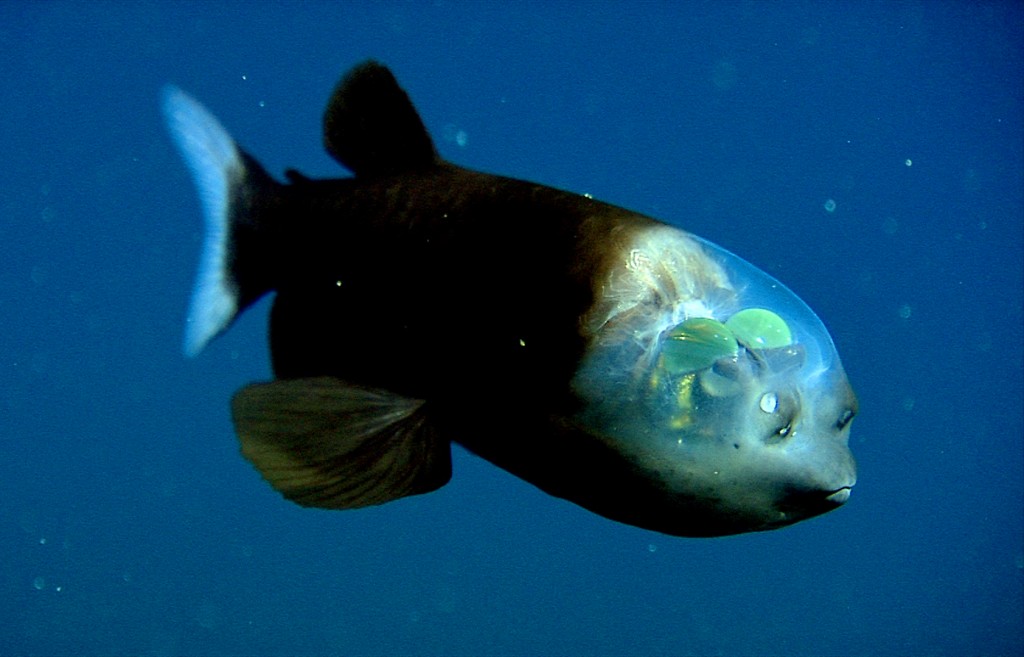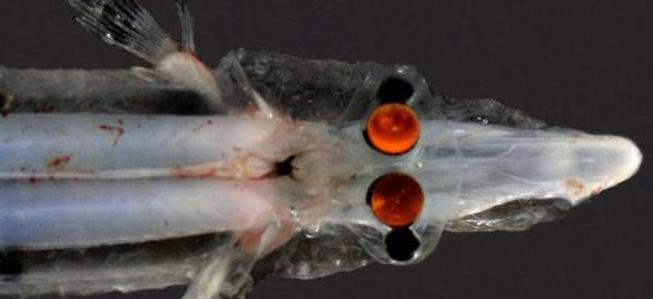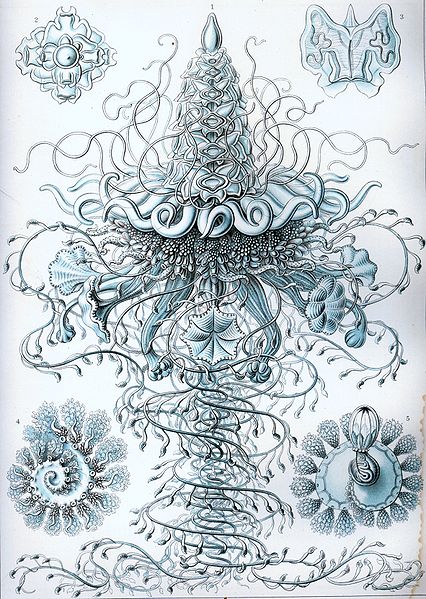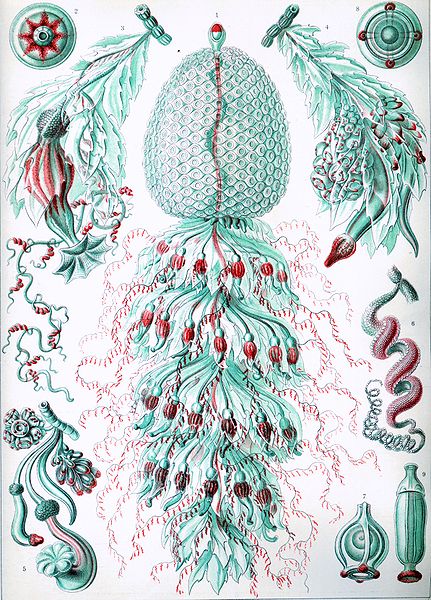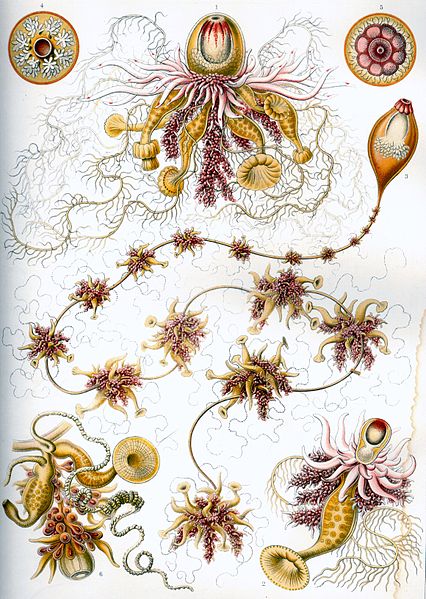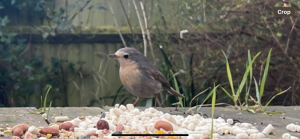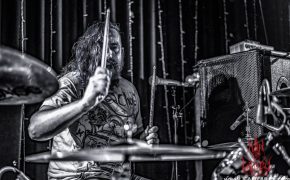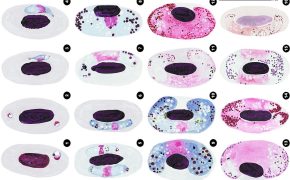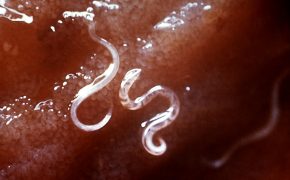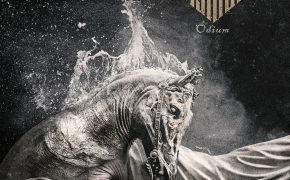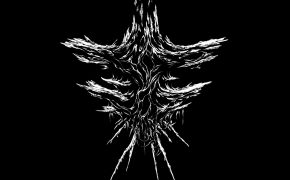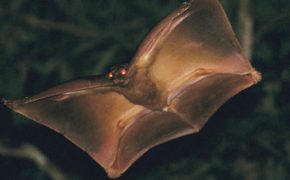Fish With A Transparent Head + Siphonophores
This is the pacific barreleye. The dark blobs at the front of his greenhouse of a head are actually their equivalent of nostrils. The eyes are the greenish blobs inside the glass cage. Barreleyes are also called spook fish.
The barrel reference is from the slightly tubular shape of their eyes. Scientists hypothesise that they swivel them around in the darkness of the deep, scanning for silhouettes of prey above.
There are a few types of barrel fish, and it’s the pacific barrel fish that features in the video below.
They tend to hang about fairly deep in the ocean, on the border between the pitch-black depths and the dim light from the surface above. Their eye has a particularly large lens. Interestingly, its retina has no cone cells but a surprisingly high number of rod cells and rhodopsin – the “visual purple” pigment.
Experts think the transparent dome helps the eyes collect even more light while defending the sensitive eyes from the nematocysts (stinging cells) of the siphonophores. This is important as it seems that barreleyes steal food from siphonophores.
The javelin spookfish is the largest of the barreleyes at 50cm in length. It lives around 600m below the choppy surface of the Pacific and Atlantic oceans:
Below is the first footage of a living pacific barreleye with an intact dome. Others have been dragged to the surface, but even those seen down below had a broken dome. So, this is rare:
As for the siphonophores mentioned above, they are strange beasts indeed. They can grow up to 40 meters in length, but they’re not a single organism. Rather, they’re an intertwined colony of individuals, drag-netting the seas for food. The most famous siphonophore is the Portuguese Man O’War.
Portuguese Man O’War are often mistaken for jellyfish, but they are actually a thriving city of mini-beasts functioning as one.
Siphonphores are on the border between single cell and multicellular life. Each individual zooid or medusoid that makes up the “body” of these beasts couldn’t survive independently. Each unit is highly specialised and acts independently, very like the cells in higher animals.
Siphonphores commonly exude bioluminescence to attract fish and use stinging cells to paralyse their prey. Meanwhile other types of cell take up the job of consuming them.
Here are some beautiful plates created by Ernst Haeckel in 1904 depicting some beautiful siphonophore forms:
Here are a couple of videos of these mysterious siphonophores:
And lastly, here’s a selection of clips from various dives courtesy of siphonophores.org.I recommend checking their site out if this has whet your whistle.
MORE NATURAL WEIRDNESS HERE
PIG OLYMPICS

